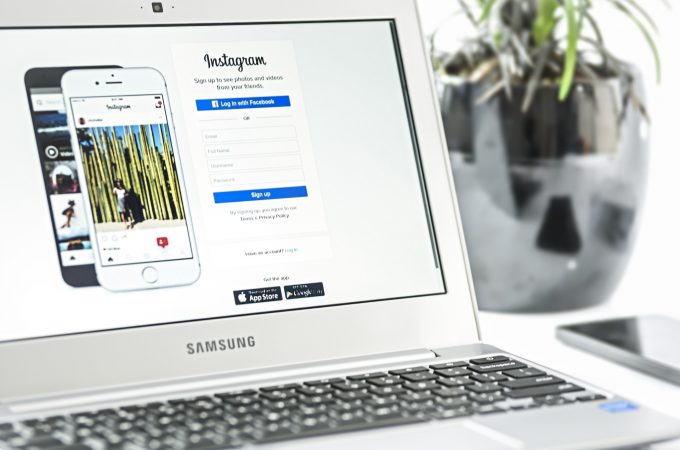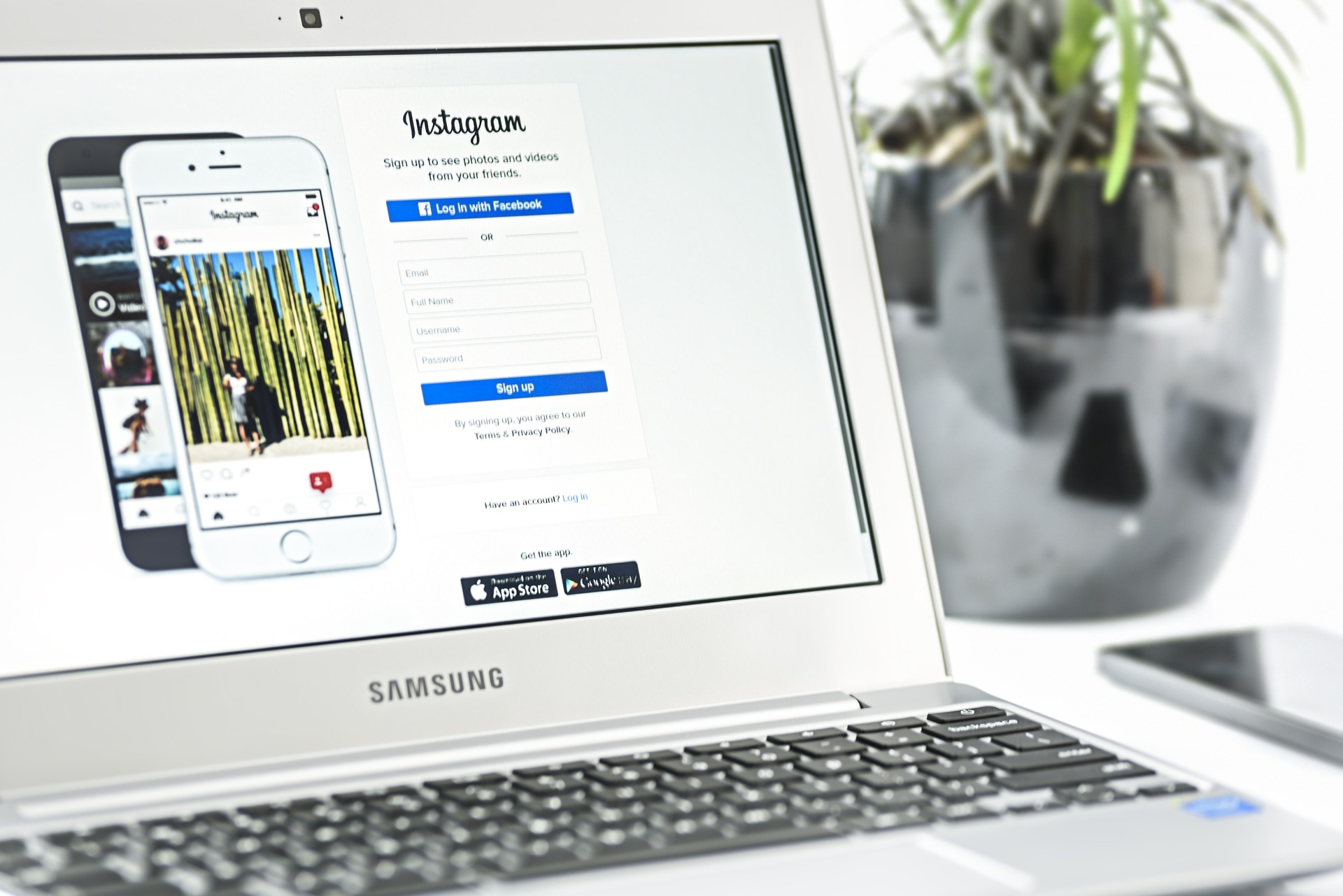
Everything you need to know about social media marketing
Social media is a fun digital marketing tactic, but still requires some strategy and thought behind it.
With about 5.14 billion people checking their accounts on their mobile device and the average American spending two hours each day engaged in social media, it’s a fantastic tool to improve brand awareness and retention with your target audience.
First, you want to identify social media networks that your target market is already using and ones that are a good fit for your brand.
Social media networks breakdown
Here, we’re breaking down the major social media networks in the travel industry that you can leverage for your marketing.

Facebook
Facebook is your catch-all network. It’s one of the oldest and biggest and continues to reign supreme. If you’re looking for a network that has a good mix of demographics and will most likely include your target audience, this is it. It’s a great network to share videos, photos, and links and has a robust advertising platform.
Fast facts:
- 2.17 billion users
- Average user spends 25 minutes per day on Facebook
- 71% of adults have an account
- Almost even split among men and women (56% and 44% respectively)
- Average engagement rate for all types of posts is 4.2%
Facebook is a good fit for sharing links, images, and videos, and content is typically news or entertainment. Facebook is a great network for driving traffic to your site, but can be an uphill battle with Facebook prioritizing personal connections in the newsfeed instead of Pages.
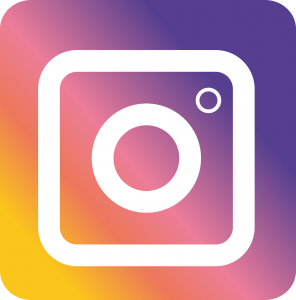
Instagram
Instagram, owned by Facebook, is a great option if you prefer sharing images and videos over crafting lengthier posts. Instagram can be a great complementary network for Facebook and can have a huge impact in brand awareness. One downside to Instagram is that you cannot insert links into each individual post, but rather on your profile page.
Fast facts:
- 800 million monthly active users
- Users average about 30 minutes per day on it
- 30% are aged 18 – 24 and 30% are aged 25 – 34
- About 60% of users access it each day
- Posts with hashtags generally get 13% more engagement than those without
Instagram is fantastic for sharing visuals, short videos, or boomerangs (looped videos). It’s not ideal for driving traffic to your site but more for showing the experience of your brand.
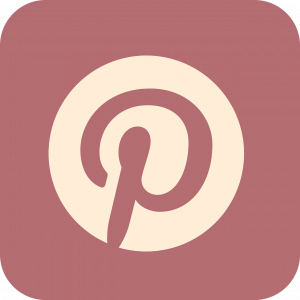
Pinterest
Pinterest, a virtual pinboard, is another image-based social media channel but if you can master it, you can see an impressive ROI from it. To be successful on Pinterest, you need great photos, a consistent influx of new content (like blogging), and being active in sharing others’ pins.
Fast facts:
- 200 million monthly active users
- Average user spends 34 minutes per visit on the network
- More popular with women, 41% of users are female and 16% male
- 50% of millennials use Pinterest every month and they use it to plan “life moments,” like travel, weddings, buying a house, etc.
- Another 93% use the social media channel to plan purchases and find new companies and products
Is a good fit for sharing visuals and encouraging people to pin your site’s content. You must have good visuals on your site, like edited images with text overlays or infographics. Pinterest is a good choice for lifestyle brands, DIY, and weddings.
Quick tip: Check who’s pinning your site content by visiting pinterest.com/source/yourwebsite.com
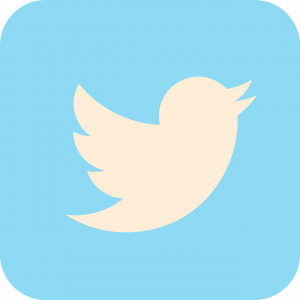
Twitter
Twitter has had its ups and downs over the years as a social network but has proven itself as a network by adapting to its users needs and wants. Twitter was built to share tweets, or short little posts (though you now have 280 characters for each post) and include links for further reading. The network has remained the same in that it’s used to share links and fun articles, but is also a great place for focused conversations on a variety of topics.
Fast facts:
- Twitter has 330 million monthly active users
- An equal split among gender: 21% each use Twitter
- About 500 million tweets are sent per day
- 46% of users access it daily
- 36% of Americans aged 18 – 29 use Twitter and 30% of users earn more than $75,000
Twitter started as a micro-blogging site or news aggregator and it’s still an ideal network for sharing stories and links and driving traffic to your site. Twitter users expect you to be active, by sharing others’ content and engaging with users frequently and in a timely manner.
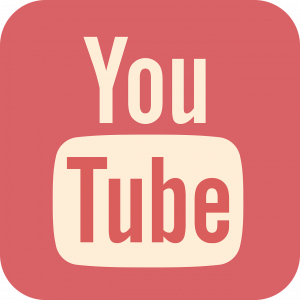
YouTube
YouTube is the go-to site for online videos and with many “YouTube Influencers” rising to fame, the network is definitely holding its own. Users can upload their own videos, follow channels and other users, and generally devour hours’ worth of video content.
Fast facts:
- Every minute, more than 400 hours of video are uploaded to YouTube
- YouTube has a billion users and those users spend a billion hours watching video every day
- More adults aged 18 – 49 watch YouTube than cable network in an average week
- About a 50% split among genders
- YouTube is available in 91 countries
YouTube is good if you have time to invest in quality, produced videos and can essentially create your own channel around your brand. YouTube is also good for hosting videos that you can embed on your website or if you provide training, such as webinars. Many users treat YouTube as a search engine, so if you can create quality video content you can reach new users.
Google My Business
Google recently announced it was closing Google+, Google’s social media answer to Facebook back in 2011. While personal profiles may no longer be a thing, claiming your business’ Google My Business account is a must!
Google is such a giant because it makes tools and programs that play nice with each other and Google My Business is no different. Your listing with Google My Business links to all of Google’s other products: Search, Maps, Reviews, and so on. It’s imperative you claim or create your listing and link it to other Google products and your own site.
While it might not be considered a social media network anymore, it’s an important listing to have on the internet and helps your SEO, especially your local SEO and NAP consistencies.
After you’ve claimed your Google My Business account, go and review each social channel to see if they’re a good fit for you and if it’s where your audience is.
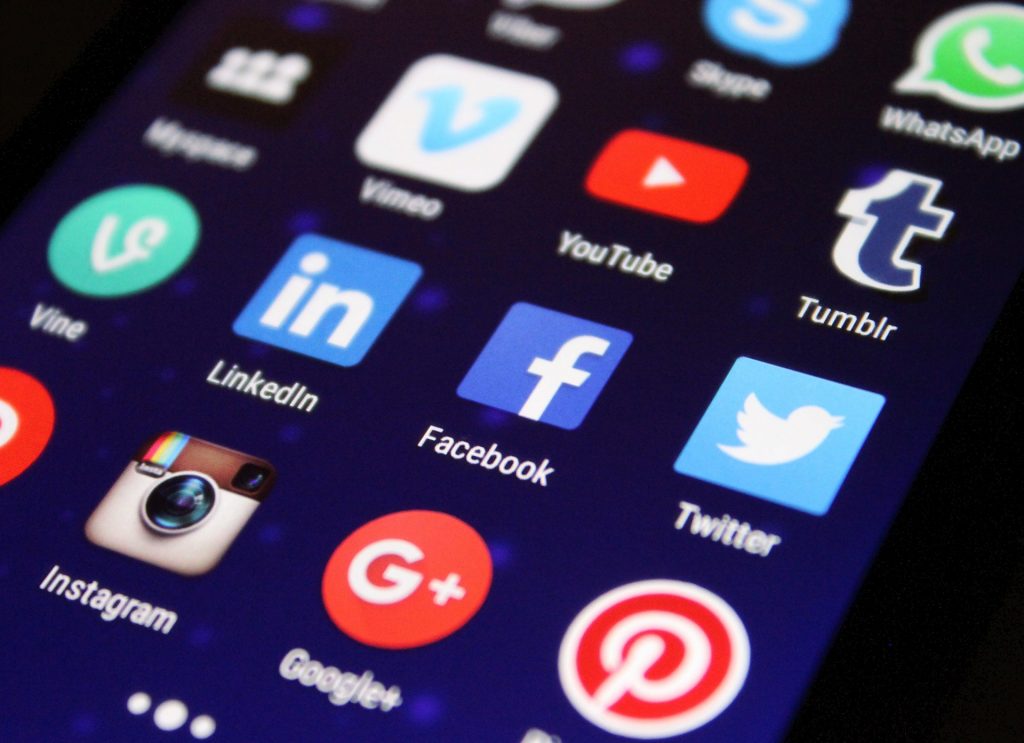
Social media best practices
Once you’ve identified where your customers are spending their time online and what networks best match your brand, it’s time to start being social! Let’s review some best practices when it comes to social media marketing.
- Follow the 80/20 rule: To have a strong engagement rate, 80% of your content should be engaging, fun, and informative, and 20% can be promotional posts.
- Mix up your content types: Share a mix of links, both to your own site and others’ sites, photos, videos, and more to keep your content fresh.
- Posting frequency: Post 3 – 5 times per week on Facebook and Instagram, once or twice daily on Twitter, and a few times per week on Pinterest. Think quality over quantity when posting on social media.
- Social SEO: Use keywords, location terms, and your brand name in your social media posts.
- Hashtags: Know how and what channels to use them on, like Twitter and Instagram. Limit hashtags to 5 – 7 per post.
- Be social: Respond to your followers’ posts and comments and encourage engagement! Social media isn’t mean to be a one-way marketing channel.
- Use tools: Make posting to social media easier by using sharing tools like Hootsuite, Buffer, or SproutSocial to automate your posts.
- Dive into insights: Similar to using Google Analytics for your site, each network has its own analytics or insights section that shows information about your audience, their engagement, and even shows you the best time to post!
Social media analytics
Similar to Google Analytics, each network has its own version of analytics or insights into your customers and their engagement with your brand. Some important metrics to measure when evaluating your social media performance includes:
Followers/Page Likes: Get some overview demographic data about your followers, like ages, genders, and locations. By knowing more about your followers and where they are, you can focus your content around their needs and boost your engagement.
This can also be an important metric to check when working with influencers. Seeing how many followers they have and if they’re the right demographic for your business can help you determine which influencers to work with and which ones to pass on.
Follower growth: Track your follower growth as well as unfollows. This can give you a good indication of how engaging your content is and what content is working best with your audience. You can break up follower growth into organic growth and paid growth if you run post boosts and ads.
Post Reach/Impressions: These metrics show you how many people your post reached or how many saw it in their feed. If you notice a drop in post reach or impressions, it’s time to analyze your content and figure out how to drive more engagement and make it shareable to improve reach.
Engagement rate: Your engagement rate is how many people interacted with your post out of how many saw it. Engagement includes likes, clicks, comments, and shares. Most engagement rates are about 1 – 5% for organic (non-paid) posts.
Mentions: This Twitter-specific metric shows how many people tagged your or mentioned you in a Tweet. If you’re building social media relationships with other brands, you should see a consistent level of mentions.
Profile views/visits: Twitter and Instagram both allow you to track how many people have visited your profile, instead of just seeing your posts in their feed. This shows you that people are interested in reviewing the content only you post and perhaps checking out links back to your own site.
If you just can’t get enough data, you can combine social media analytics and Google Analytics to better understand how your social following is using your site. Some social media metrics to track in Google Analytics include:
Social media conversions: This can be direct and assisted, but it shows how social media plays a role in driving online conversions. Most often, social media acts as an assist, meaning people visited your site, check out your social media, and then came back to your site to complete their booking.
Social media revenue: How much of your revenue you can attribute to social media efforts. Don’t be discouraged if it takes a while to see this number come up, social media marketing is a marathon, not a sprint!
Bounce rate: Nope, we’re not done with bounce rate in this course! Be sure to watch the bounce rate for visitors coming from social media channels. If they clicked your link but then immediately bounced off, something’s going on with either the content you’re linking to or how the social media post talks about it.
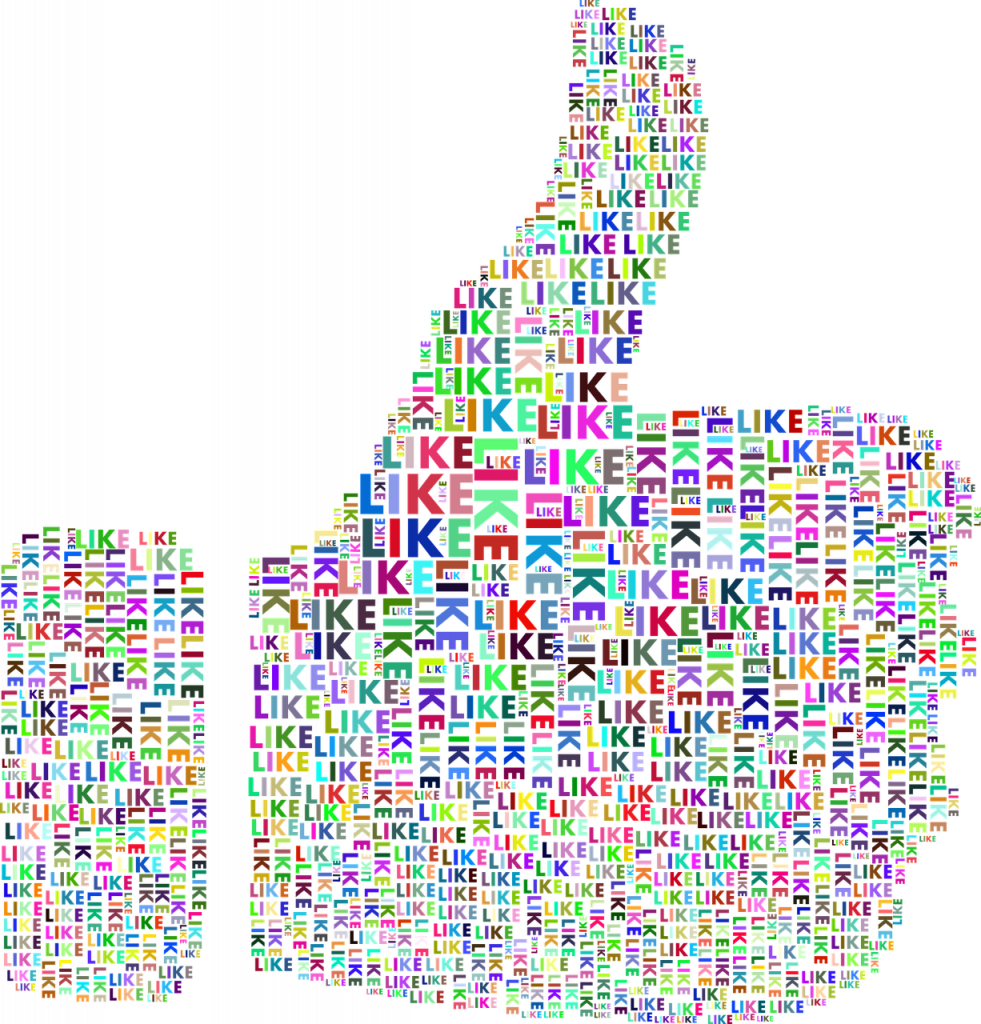
Social media contests and giveaways
Contests and giveaways are a great way to drive up engagement rates and grow your following. Giveaways can be easier to manage as you simply enter names into a drawing and select a winner, but contests can be fun and creative for your customers.
For both, you want a low barrier to enter, meaning they shouldn’t feel like they have to do 10 things just to enter your contest. Make it as easy and fun as possible.
Contest examples
- Picture contest: Ask followers to share photos from their tour or booking with you and then the photo with the most likes wins.
- Caption contest: Share your own photo with your followers and ask for the best caption and encourage them to have their friends like their comment. The comment with the most likes wins.
- Staff contest: Run a competition among your staff or tour guides and your followers vote for a winner. Everyone who participates can be entered into a drawing to win a free tour/booking with that staff member.
Rules
Each social media network has its own rules when it comes to running contests – and it’s imperative you follow them. For example, on Facebook you cannot ask people to tag their friends as a way to enter a contest. On Pinterest you cannot require people to create a new board for your contest. Review the rules carefully before running any contest to make sure your promotion complies.
Social media is a great digital marketing tactic that needs to be a part of your online strategy. By following these best practices, being where your customers are spending their time online, and providing engaging and entertaining content, you’ll be a social media rockstar in no time!

